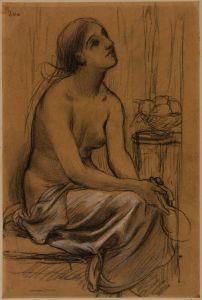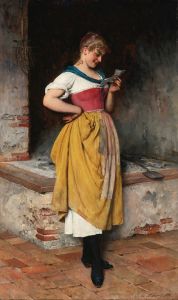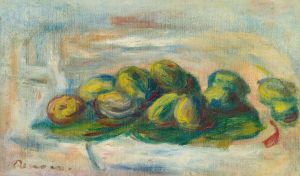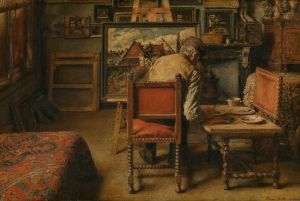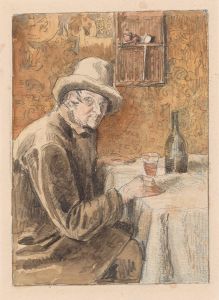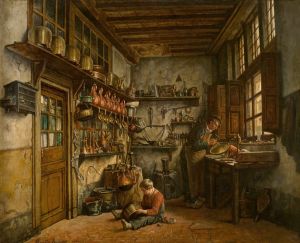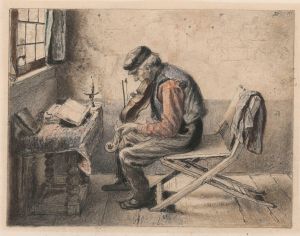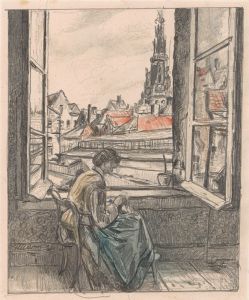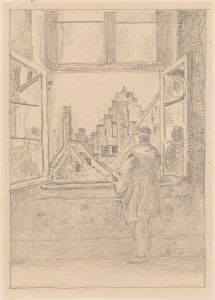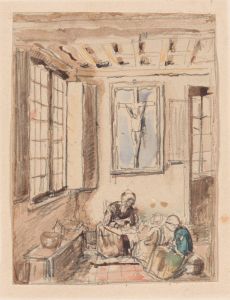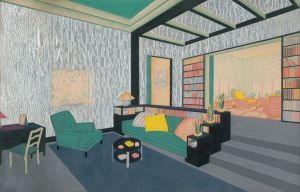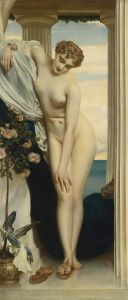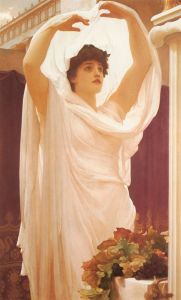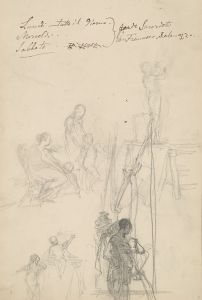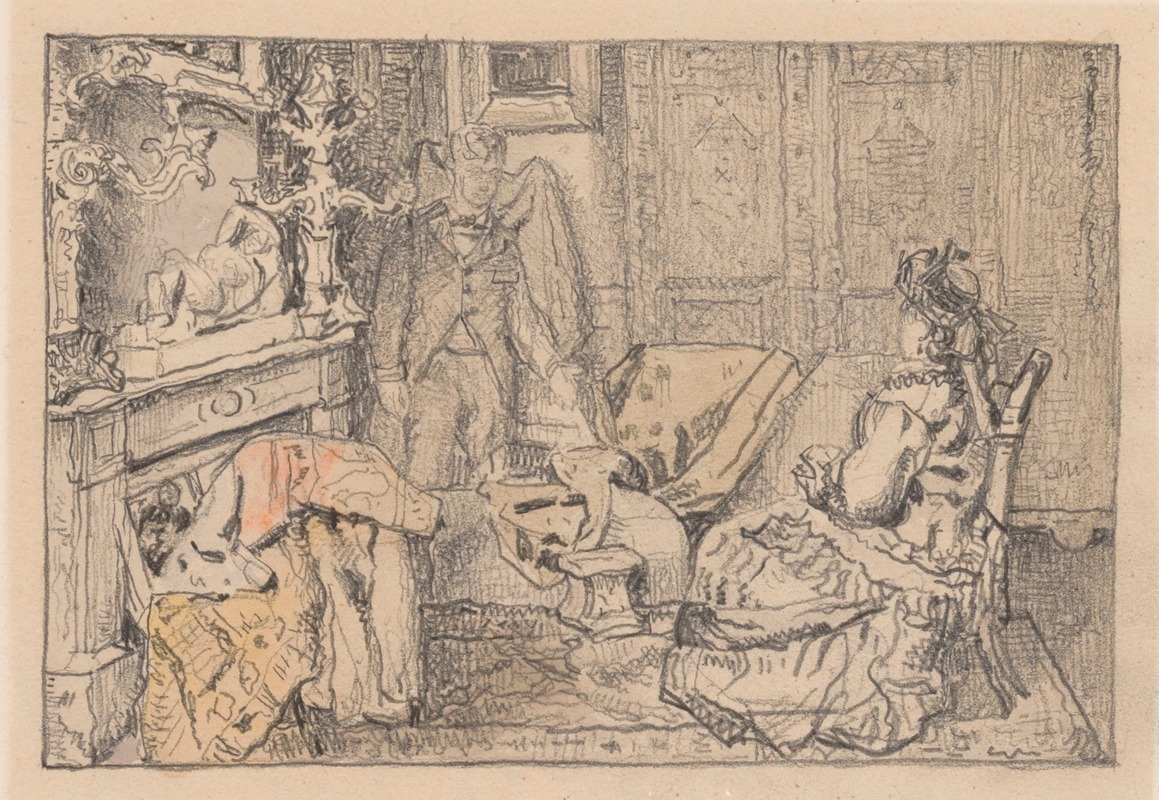
The Indian Scarf
A hand-painted replica of Henri de Braekeleer’s masterpiece The Indian Scarf, meticulously crafted by professional artists to capture the true essence of the original. Each piece is created with museum-quality canvas and rare mineral pigments, carefully painted by experienced artists with delicate brushstrokes and rich, layered colors to perfectly recreate the texture of the original artwork. Unlike machine-printed reproductions, this hand-painted version brings the painting to life, infused with the artist’s emotions and skill in every stroke. Whether for personal collection or home decoration, it instantly elevates the artistic atmosphere of any space.
Henri de Braekeleer was a Belgian painter known for his detailed and atmospheric interior scenes, often depicting everyday life in 19th-century Belgium. One of his notable works is "The Indian Scarf," which exemplifies his skill in capturing the subtleties of light and texture, as well as his interest in the quiet moments of domestic life.
Henri de Braekeleer was born on June 11, 1840, in Antwerp, Belgium, into a family with a strong artistic background. His father, Ferdinand de Braekeleer the Elder, was a well-known painter, and his uncle, Jan August Hendrik Leys, was a prominent figure in the Belgian Romantic movement. This familial environment undoubtedly influenced Henri's artistic development and his eventual focus on genre painting.
"The Indian Scarf" is a testament to de Braekeleer's meticulous attention to detail and his ability to convey a sense of tranquility and introspection. The painting depicts a woman seated in a modest interior, absorbed in her thoughts or perhaps in the act of sewing or embroidery. The titular Indian scarf, a vibrant and exotic element within the composition, adds a splash of color and texture, drawing the viewer's eye and suggesting a narrative or personal significance to the woman.
De Braekeleer's work is often associated with the Realist movement, which sought to depict subjects truthfully and without idealization. His paintings frequently explore themes of solitude and contemplation, capturing the quiet dignity of everyday life. In "The Indian Scarf," the interplay of light and shadow is masterfully rendered, creating a sense of depth and atmosphere that invites viewers to linger and reflect on the scene.
Throughout his career, de Braekeleer was influenced by the Dutch Masters, particularly Johannes Vermeer and Pieter de Hooch, whose works are renowned for their exquisite handling of light and domestic subject matter. This influence is evident in de Braekeleer's careful composition and the serene, almost meditative quality of his interiors.
Henri de Braekeleer's contribution to Belgian art is significant, as he helped to bridge the gap between the Romanticism of his predecessors and the emerging Realist and Impressionist movements. His work was well-regarded during his lifetime, earning him a place among the leading artists of his generation. However, his career was not without challenges; he struggled with mental health issues, which affected his productivity and output in his later years.
Despite these difficulties, de Braekeleer's legacy endures through his paintings, which continue to be appreciated for their technical skill and emotional depth. "The Indian Scarf," like many of his works, offers a glimpse into the quiet beauty of everyday life, capturing moments of introspection and the interplay of light and texture with a sensitivity that remains compelling to contemporary audiences.
Henri de Braekeleer passed away on July 20, 1888, in Antwerp, leaving behind a body of work that reflects both his personal struggles and his profound artistic vision. His paintings, including "The Indian Scarf," remain an important part of Belgium's cultural heritage, celebrated for their ability to transform the mundane into the extraordinary through the power of art.





